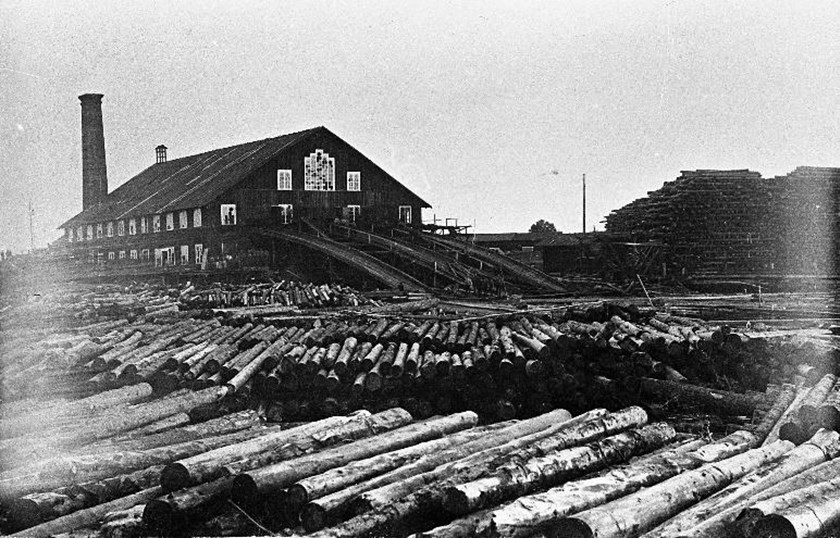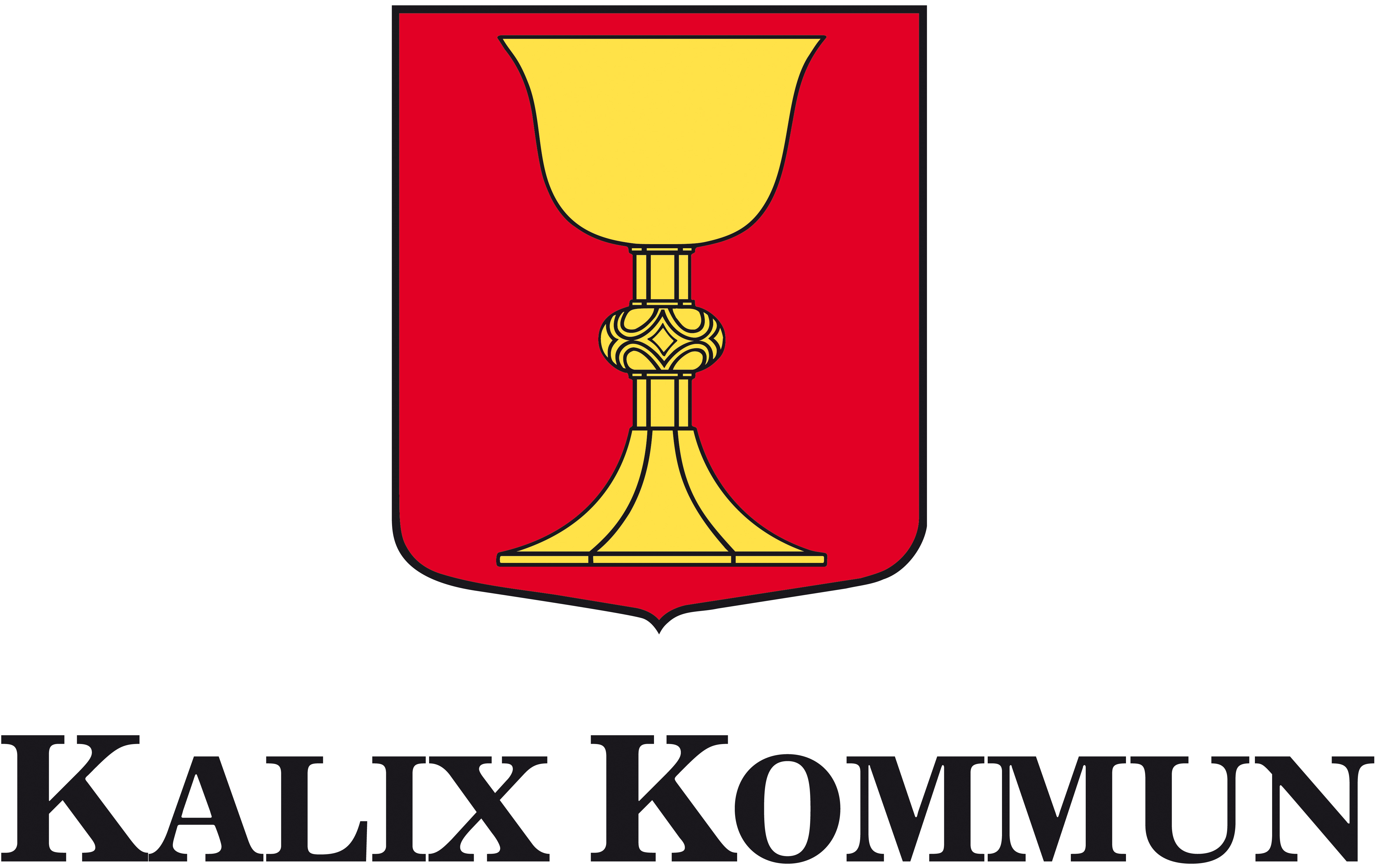6. Calix Ångsåg AB

In 1874, Calix Ångsågs AB, or "Nya Bolaget" (The New Company), was formed with the purpose of offering good prices to the forest owners. The estate of Per Johan Ekholm and others were purchased in the area of Vikströmsbacken, located between Målsön and Ytterbyn. At that time, there were only two small farms in the area.
A six-frame steam sawmill was built with financial assistance from 33 creditors, mostly landowners. The sawmill was the largest in the region and faced strong opposition from the competitor Bergman - Hummel & Co.
Nyborg's sawmill was established largely with borrowed money. Additionally, the firm E. A. Norén from Marseille invested 180 000 kronor. Thirty-three landowners in the parish served as guarantors for the extensive loans.
The newly established company promised better payment to its participating farmers for their timber deliveries to their own sawmill. On October 19, 1878, Calix Ångsåg went bankrupt with severe consequences for the creditors and those who had sold timber to the sawmill. Prices returned to the old levels.
The bankruptcy estate was eventually purchased by Bergman-Hummel, and the operations were resumed for a period to replace Karlsborg's sawmill, which burned down in December 1899. The sawmill closed down for good in 1901.
South of the sawmill building was the loading area with sawn timber drying before delivery. Ships docked and loaded at the so-called Kontorskajen (Office Quay). The area is constructed on shavings and "spink." Spink is the surplus from timber sawing and consists of the edge
wood of the logs. The quays throughout the area are built of spink, which can be seen at the water's edge, even though they have later been covered with soil.
The image shows the Manager's Residence that belonged to Nyborg's Steam Sawmill. Notice the Union flag waving in the picture, indicating that the photo was taken no later than 1905.
View of the sawmill area with a schooner to the left in the image, loading sawn timber at the so-called "Kontorskajen" (Office Pier). To the left of the sawmill building was the storage area where sawn timber was left to dry. The area is built on sawdust and spink. Spink is the excess wood from timber sawing, consisting of the outer wood of the logs. The piers throughout the area are constructed of spink, which can be seen at the water's edge, even though they were later covered with soil. To the right are the workers' residences and the Manager's Residence.
Information signs in english
-
Revet’s boat harbour is an old fishing harbour. Many villagers had leisure boats for archipelago trips and transportation to their ...
-
This is one of seven soldier cottages that the village of Ytterbyn had to maintain and provide for a soldier during the time of th ...
-
At Kattgrundet, there were boathouses and a harbor for fishing and recreational boats throughout the 20th century. The shallowing ...
-
Wikströmskajen is named after the pilot, later steamboat captain, Nils Oskar Wikström (1856-1924). In the picture, taken from Kat ...
-
In 1874, Calix Ångsågs AB, or "Nya Bolaget" (The New Company), was formed with the purpose of offering good prices to the forest o ...
-
The majority of the timber originates from the log driving in the Kalix River. The logs were sorted according to their respective ...
-
Slussen is an old fishing harbour that got its name from a lock system regulating the water level in Minasfjärden, now known as Sm ...
Kultur- och naturstigen i Nyborg finansieras av:









